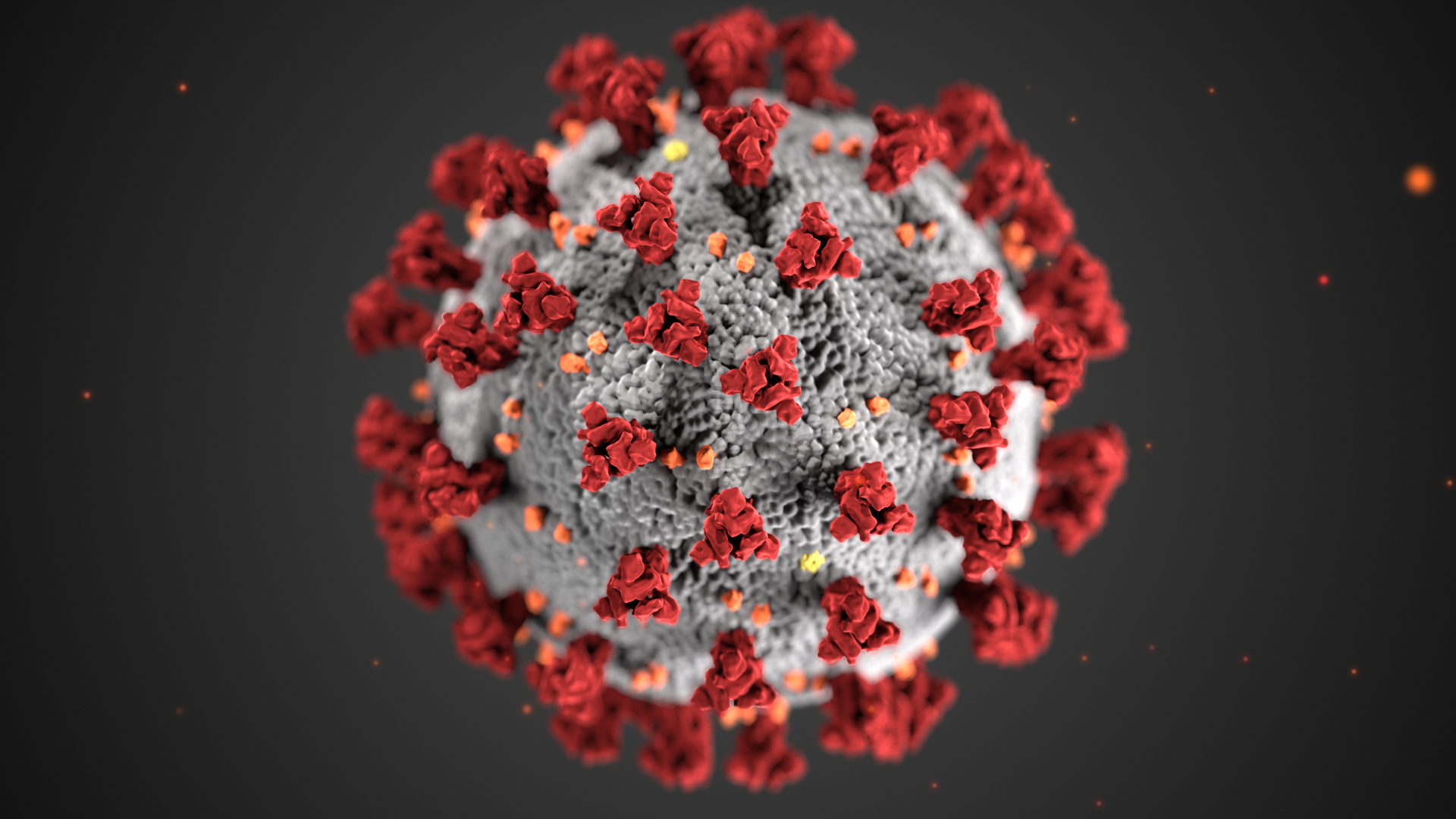COVID-19 Pandemic Could Have Emerged Due to US Experiments on Viruses, Prof Says
10:37 GMT 21.05.2022 (Updated: 12:21 GMT 14.02.2023)

© CDC
Subscribe
Scientists have not been able to reach an agreement on the origin of the coronavirus pandemic. While it is widely believed that the deadly virus originated from a wet market in Wuhan, others insist that COVID-19 was man-made, and the pandemic was the result of a laboratory leak.
US experiments on viruses that could jump from animals to people might have contributed to the emergence of coronavirus, Professor Jeffrey Sachs wrote in his article for PNAS journal.
He also called for an independent and transparent investigation into the origin of the coronavirus pandemic. According to Sachs, more transparency from the Chinese authorities could have helped a lot during the early stages of the pandemic, but some US research also raises concerns.
"We argue here that there is much important information that can be gleaned from US-based research institutions, information not yet made available for independent, transparent, and scientific scrutiny," he wrote in a joint statement with Professor Neil Harrison of Columbia University.
Among the US institutes that could use more transparency Sachs lists the EHA, the University of North Carolina (UNC), the University of California at Davis (UCD), the NIH, and USAID.
"A broad spectrum of coronavirus research work was done not only in Wuhan [...] but also in the United States. The exact details of the fieldwork and laboratory work of the EHA-WIV-UNC partnership, and the engagement of other institutions in the United States and China, has not been disclosed for independent analysis," the professors wrote, adding that "the precise nature of the experiments that were conducted, including the full array of viruses collected from the field and the subsequent sequencing and manipulation of those viruses, remains unknown."
Sachs pointed out that the denials of being involved in COVID-related research alongside US institutions are "only as good as the limited data on which it is based". According to the article, the US-Chinese collaborative research was connected to "the collection of a large number of so-far undocumented SARS-like viruses and was engaged in their manipulation within biological safety level (BSL)-2 and BSL-3 laboratory facilities."
Such experiments raise concerns that an airborne virus might have infected a laboratory worker, along with other possible scenarios suggesting that COVID-19 was man-made.
Sachs emphasised the importance of further independent and transparent investigations into the origin of the pandemic, suggesting that one of the ways to investigate could be "a tightly focused science-based bipartisan Congressional inquiry."
While the scientific opinions on the origins of COVID remain divided, Beijing suggested that the deadly virus could have also emerged from Fort Detrick, a clandestine bioresearch facility based in Maryland. Washington, in turn, accused China of fuelling the pandemic and concealing the data about the virus, with the allegations being particularly vocal during the presidential tenure of Donald Trump.
